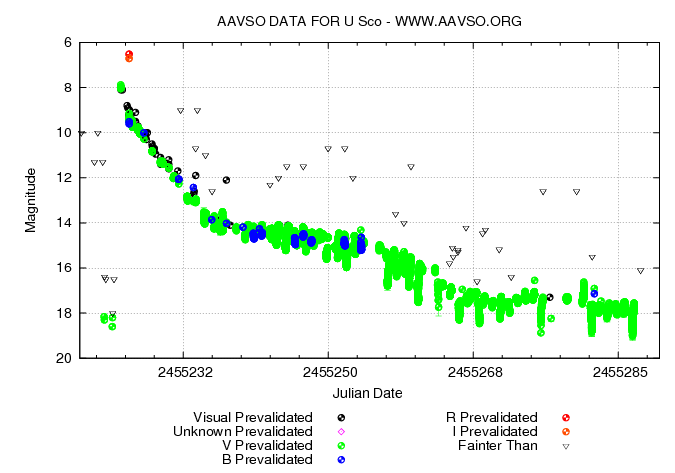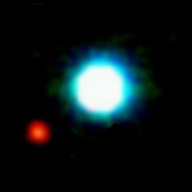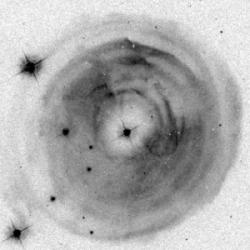OS And (Nova Andromedae 1986)
OS And (Nova Andromedae 1986)
On December 5th, 1986, nova hunter Mitsuri Suzuki of Ena City, Gifu, Japan, aimed his 200-mm telephoto lens at the Milky Way in northern Andromedae and began a routine exposure in his nova patrol program. Suzuki, a 28-year-old school teacher, had been hunting novae for three years when, on this night, his efforts were finally rewarded.




